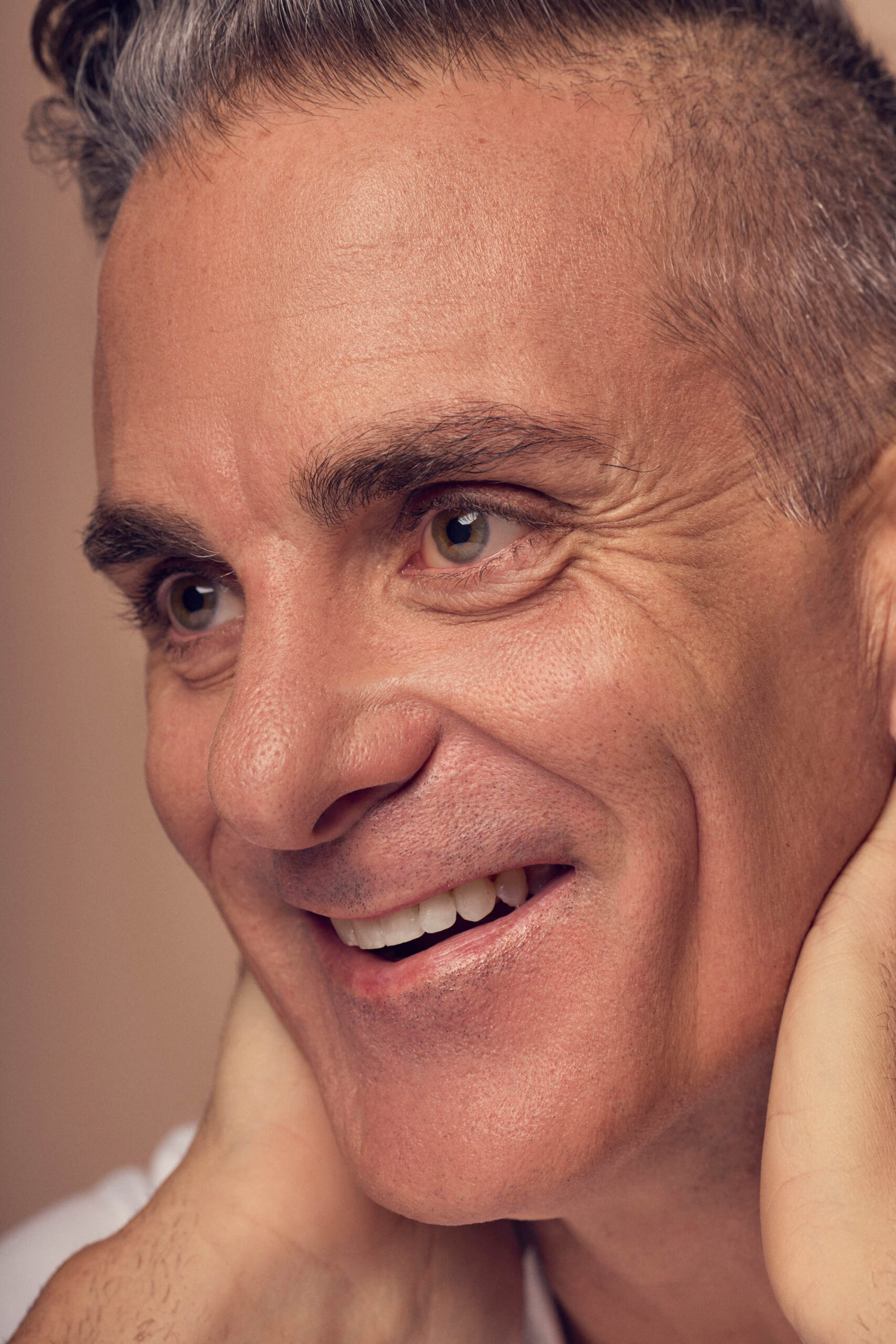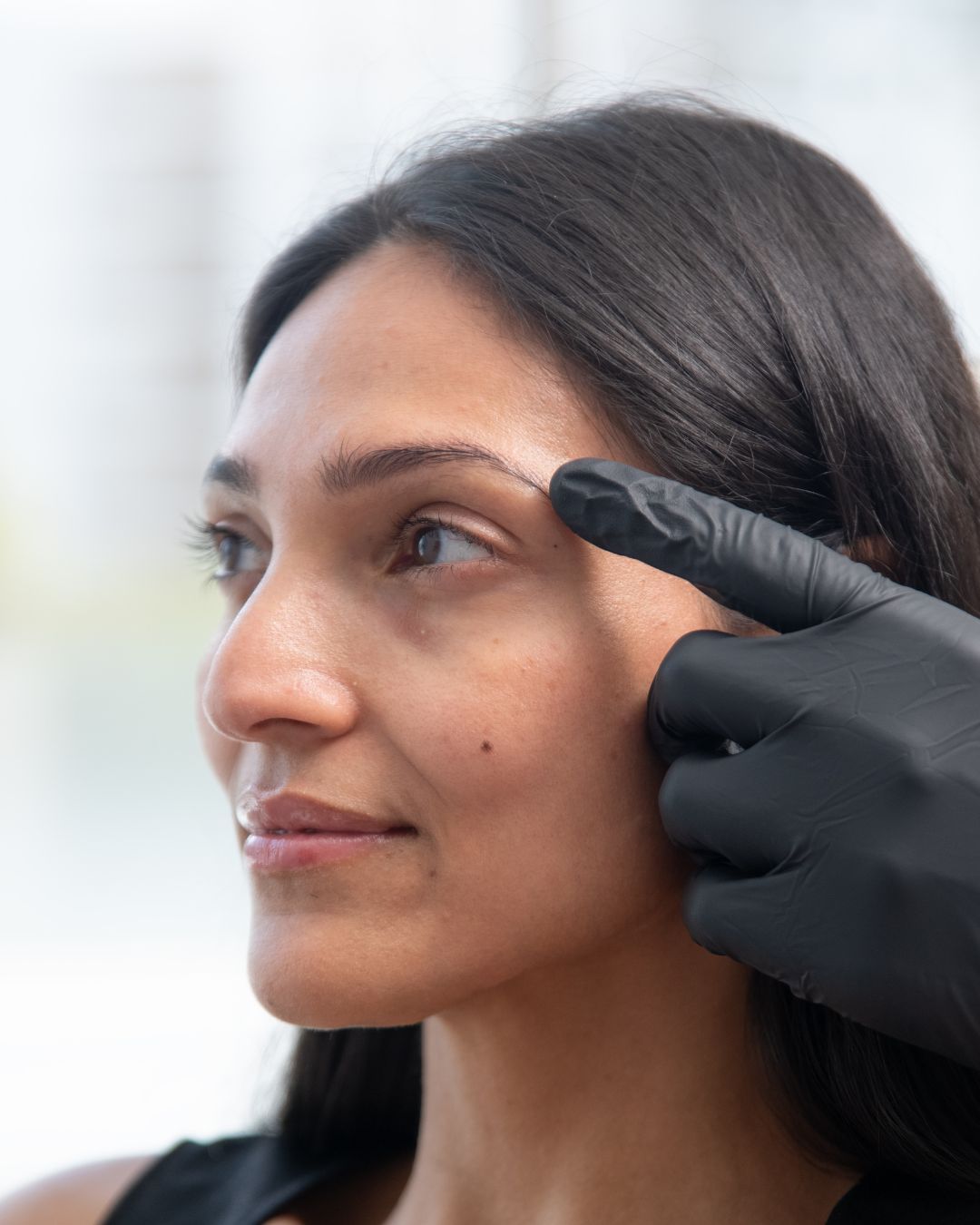Rejuran is a polynucleotide-based injectable treatment derived from salmon DNA, designed to rejuvenate and repair the skin by stimulating collagen production and enhancing skin elasticity. While it is now commonly used Australia-wide, understanding its safety profile is crucial for both practitioners and patients considering this treatment.
Clinical safety profile
A comprehensive study assessed the safety and efficacy of Rejuran in the correction of crow’s feet. The study demonstrated that Rejuran was well-tolerated, with minimal adverse effects reported. Common side effects included mild swelling and redness at the injection site, which typically resolved within a few days.
Rejuran indications
The ARTG currently lists all forms of Rejuran as having the following intended purpose: “promote tissue restoration and reconstruction, and improvement of physical appearance.”.
Due to the general nature of the listed intended purpose, Rejuran is used in many different parts of the face for a range of concerns.
Under-eye treatment safety
Rejuran I, a formulation specifically designed for the delicate under-eye area, has been evaluated for its safety and effectiveness. Studies indicate that Rejuran I is safe for use under the eyes, effectively addressing concerns such as fine lines and dark circles without significant adverse effects.
Long-term safety considerations
While short-term safety data is promising, long-term safety studies are limited. Current evidence suggests that Rejuran has a favourable safety profile; however, further research is necessary to fully understand its long-term effects and potential risks.
Book your consultation now
Evidence for Rejuran efficacy
Some clinical observations and studies suggest that Rejuran may significantly improve skin hydration & elasticity. Improvements are often measured over short periods, and most studies involve small patient groups without long-term follow-up. As such, Rejuran shows promising potential for skin rejuvenation, but more studies are needed to confirm its mechanism of action and its effectiveness across different treatment areas. Patient satisfaction is generally moderate to high, yet individual outcomes may vary.
Patient experiences with Rejuran
Various studies have been conducted tracking patient satisfaction after treatment with polynucleotides for various concerns, including facial redness, scars (both acne and surgical), and wrinkles and skin texture. Satisfaction was generally positive, but the studies were small, meaning further research is needed.
Clinician experiences with Rejuran
A number of studies assessed clinician experiences using Rejuran. The most common reasons for using Rejuran were:
- Fine lines on the cheeks and around the eyes
- Uneven skin texture
- Dry skin
- Forehead lines
Further research showed that the majority of clinician’s rated polynucleotides as “very effective” or “effective” in the treatment of enlarged pores caused by sebum production, reduced elasticity, and acne. However polynucleotides were frequently combined with other treatment modalities such as radiofrequency and treatment for expression lines. Most clinicians also believed that they were beneficial for redness, wound healing, protection of the skin barrier, and hydration. However, only clinicians who currently used polynucleotides were surveyed.
A research paper on surgical scar healing found that patients who underwent laser and polynucleotide treatment compared to laser alone had better healing and smaller scars.
Conclusion
Rejuran presents a safe and effective option for skin rejuvenation, with a well-documented safety profile in clinical settings. Patients considering this treatment should consult with qualified practitioners to ensure it aligns with their individual skin concerns and health considerations, and have realistic expectations about results.
Want to know more about Rejuran?
Learn more about Rejuran treatments in our complete Rejuran treatment guide.
Searching online for a “Rejuran treatment near me”?
Curious about which Rejuran treatment is right for you? Explore our Rejuran treatment options and packages and book a consultation.
References:
- Lee, J. et al. (2020). Comparison of the Effects of Polynucleotide and hyaluronic acid fillers on periocular rejuvenation: a randomized, double-blind, split-face trial. Journal of dermatological treatment, 33(1), 254-260. doi.org/10.1080/09546634.2020.1748857
- Lee, K. W., Lee, J. H., & Lee, J. H. (2021). A randomized, evaluator-blinded, prospective split-face study to compare the efficacy and safety of Rejuran® and hyaluronic acid filler in the correction of crow’s feet wrinkles. Journal of Cosmetic Dermatology, 20(5), 1373–1379. doi.org/10.1111/jocd.16576
- Lee, K. W., et al. (2024). Polynucleotides in aesthetic medicine: A review of current practices and perceived effectiveness. International Journal of Molecular Sciences, 25(15), 8224. doi.org/10.3390/ijms25158224
- Lampridou, S., et al. (2024). The effectiveness of polynucleotides in esthetic medicine: A systematic review. Journal of Cosmetic Dermatology, 23(1), 15–22. doi.org/10.1111/jocd.16576
- Kim, J. H. et al. (2018). Preventive effect of polynucleotide on post-thyroidectomy scars: A randomized, double-blinded, controlled trial. Lasers Surg Med, Mar 25. doi: 10.1002/lsm.22812
- Lee, D. et al. (2023). Current practices and perceived effectiveness of polynucleotides for treatment of facial erythema by cosmetic physicians. doi.org/10.1111/srt.13466

